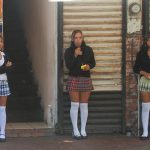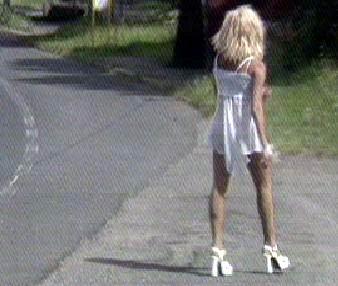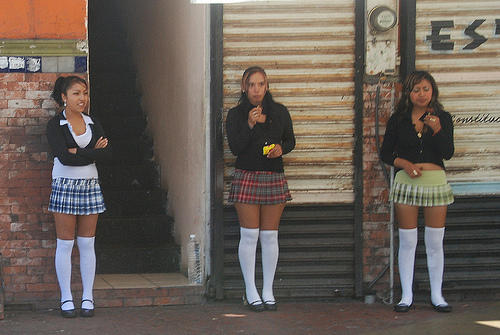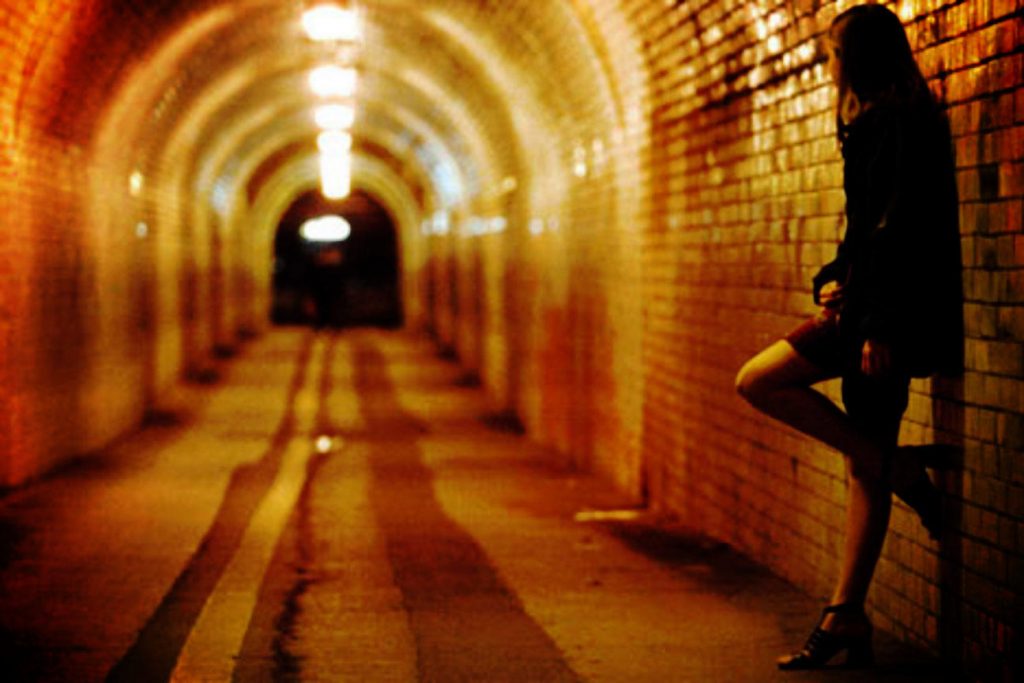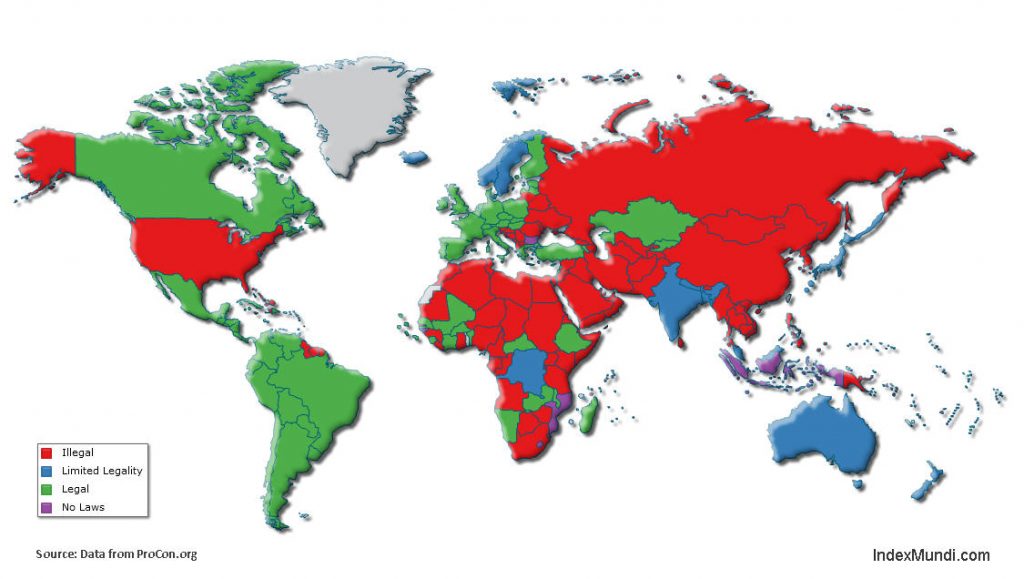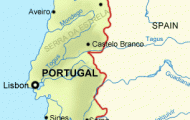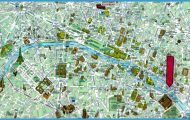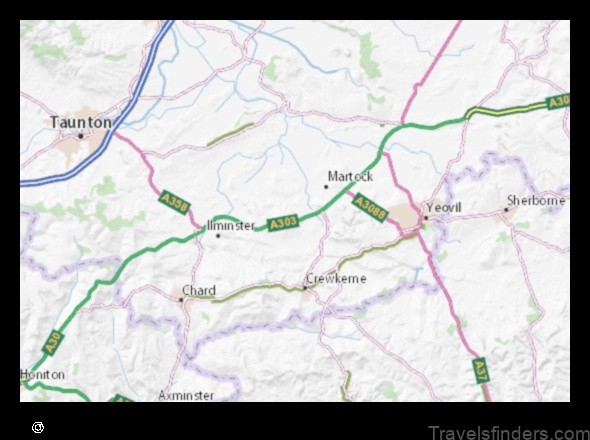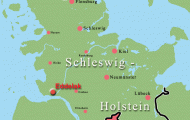Commercialized vice appeared early in colonial America. Prostitution was most often connected to urban, maritime, and, especially, wartime societies.
Prostitutes plied their trade individually in nearly every community, ranging from the large to the small. During times of war, it was common for prostitutes
to follow the army, sometimes in groups as large as several hundred. Most of these prostitutes were probably widows who turned to selling themselves for
lack of other employment, but the trade certainly attracted all types of women.
The patronage of ladies of pleasure encouraged the opening of disorderly, or bawdy, houses in most cities. Some towns like Boston were infamous for the
number and openness of their bawdy houses. In addition, mariners’ wives often worked the streets near Boston’s waterfront.
In other cities, prostitution was limited to specific areas, like the platform at the Battery in Manhattan, where the streetwalkers were known to openly ply
their trade. New York was said to have many prostitutes but no bawdy houses. In Charles Town, the many women of ill report, most of them cast-outs
from England’s Newgate prison, candidly approached men nightly on the streets.
There were many variations of the bawdy house. Dorcas Griffiths of Boston was caught operating a bawdy house in the back of a grocery store, using a
liquor license as a cover. Also in Boston, for over twenty years, Hannah Dilley rented out rooms in her husband’s house to whores and even procured
work for them. Prudence Sherrald was able to run her bawdy house openly in Philadelphia, because city officials, military officers, and city elites
commonly frequented it. Newport had the only establishment run by a black woman, a Madam Juniper. Elsewhere, it appears that bawdy houses were run
exclusively by whites.
The men who frequented prostitutes were not limited to the lower sorts or to sailors and soldiers. Many respectable colonials consorted with these
women. Lawyers, sea-officers, journeymen, gentlemen, merchants, apprentices, and various officers of the government patronized the most respectable
bawdy houses in a town. The most notable (or rather notorious, considering the details he documented in his secret diary) person known to frequently
associate with prostitutes was the famed diarist and planter, William Byrd II of Virginia. Even Increase Mather, son of the famous New England preacher
Cotton Mather, was once caught during a raid at a Boston bawdy house.
In Puritan New England, legislative attempts to regulate disorderly conduct within private homes were difficult to enforce. Since employing a host of
officials to keep close watch on each home and make presentments for each infraction was impossible, persecution depended on informers. Since the
indictment of prostitutes depended on an informer who would be exposing his own crime, however, legal prosecution of prostitutes was often frustrated.
Unless prostitutes were caught in the act, officials generally charged them with entertaining of lewd, dissolute, and disorderly persons, or for pandering.
Prostitution plagued Boston from the 1650s onward, as documented by such early accounts as the prosecution of Alice Thomas and the mid-eighteenthcentury
trial of Hannah Dilley. In 1759, prostitution had become such a problem in Boston that officials received the authority to bind guilty women as
indentured servants for up to five years.
Communities sometimes destructively rioted against houses of ill repute. A Boston mob destroyed a bawdy house in 1734, and this happened again in
1737, under the direction of some well-meaning magistrates. In New York, mobs routed prostitutes from various sections of the city numerous times in the
colonial era.
Such attacks, efforts at regulation, and prosecution do not appear to have substantially curtailed the activities of prostitutes and disorderly houses.
Prostitution was certainly one of the contaminants of urban life; however, it only touched a relatively small segment of the population.
Solomon K. Smith
See also: Crime; Marriage and Divorce; Sex; Syphilis.
Bibliography
Bridenbaugh, Carl. Cities in Revolt: Urban Life in America, 17431776. New York: Oxford University Press, 1955.
Mayer, Holly. Belonging to the Army: Camp Followers and Community during the American Revolution. Columbia: University of South Carolina Press, 1996.
Stansell, Christine. City of Women: Sex and Class in New York, 17891860. Chicago: University of Illinois Press, 1987.


